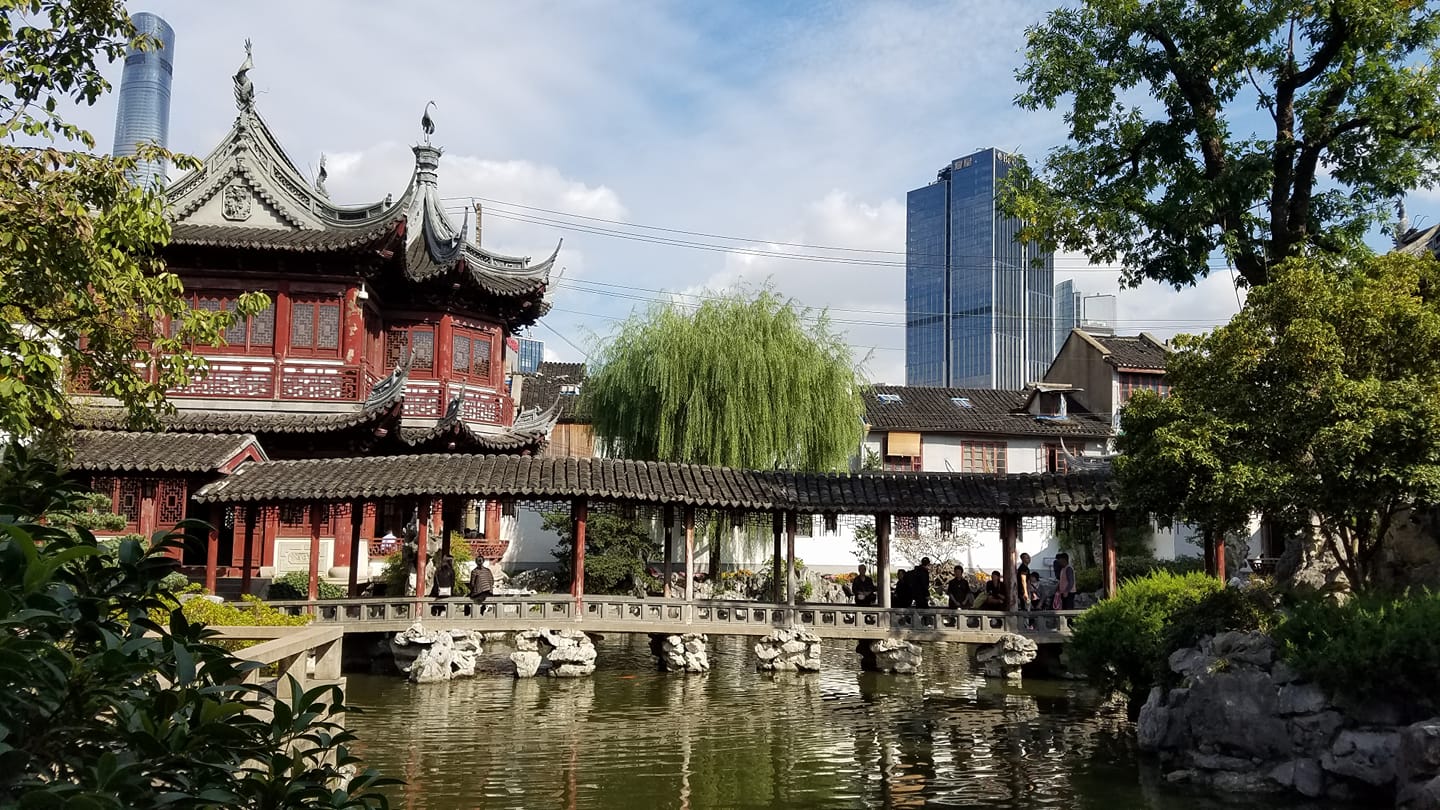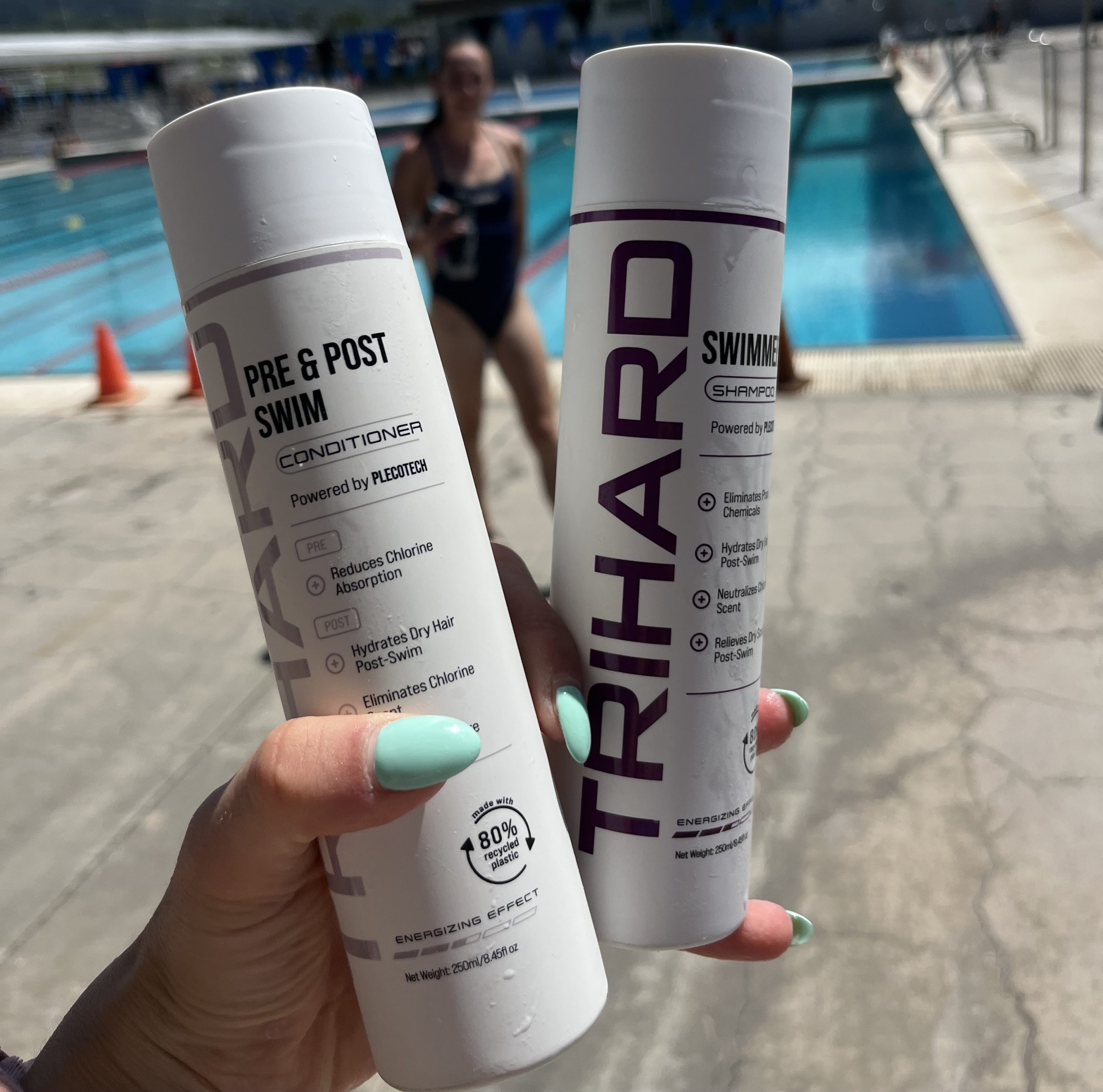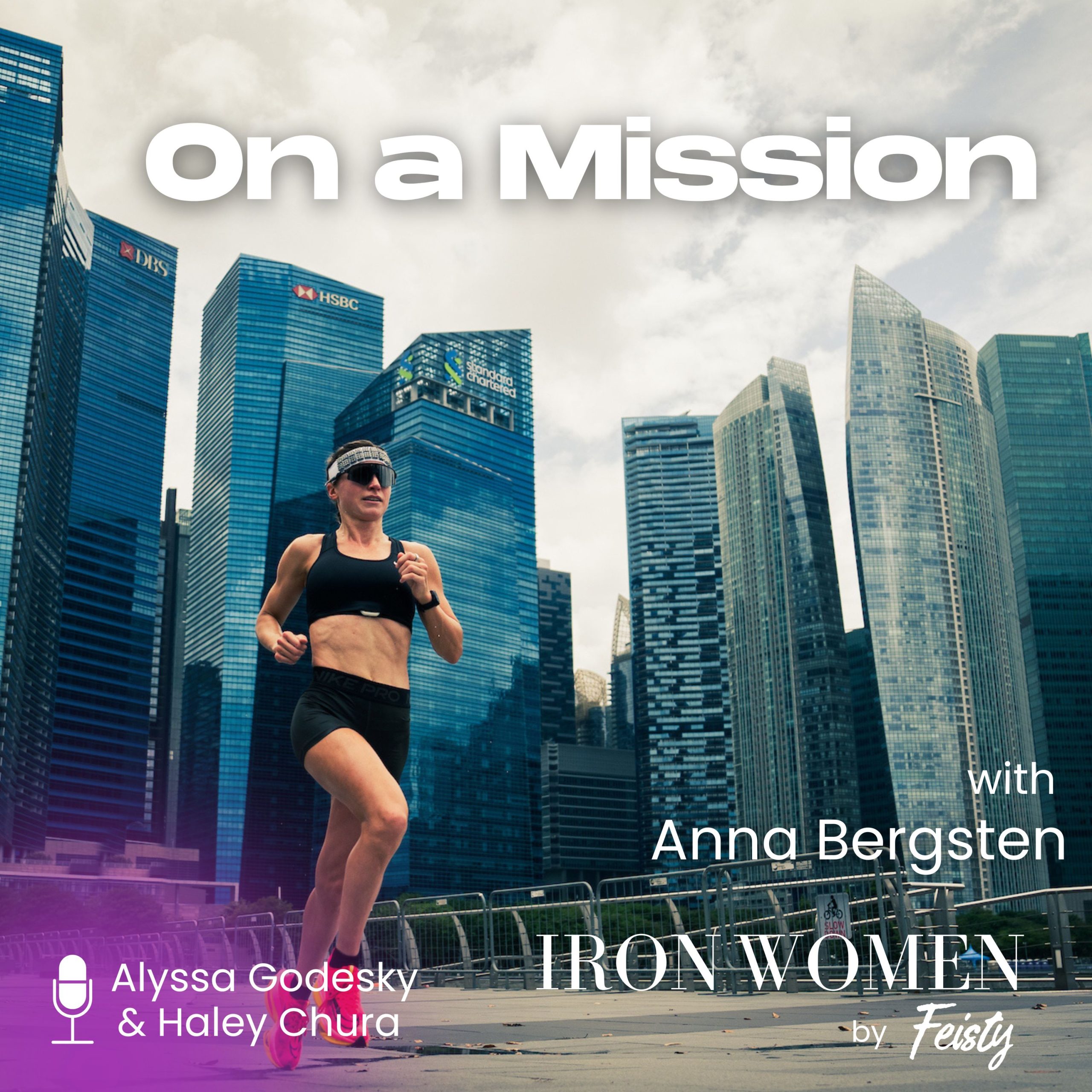October 24, 2018
Newsletter ep. 58: triathlon in China

If We Were Riding’ is a weekly triathlon-ish newsletter written by Kelly O’Mara and produced by Live Feisty Media. Subscribe to get it in your inbox every Wednesday morning. You can also read past issues. This episode is from Oct. 24, 2018.
______________________________
In case you missed the memo: I raced in China this past weekend. So I really got nothing for you this week other than China, China, China. And some stuff I read while flying to and from China. The race itself was…OK? More thoughts probably on the podcast this Friday. But the traveling to China part, especially by myself outside a big city, was, well, less OK. I’m pretty used to race travel on my own, but when (on my 27-hour delayed trip home) I saw this podcast about the less glamorous side of solo travel all I could think was, ‘yes, yes!’ Still, you should try it. At least once.
Racing in the People’s Republic
I should have taken a picture, instead, of the brand new running track that weaved through the trees on the side of the road out in Chongming, where the 70.3 was held. It looked like a great path to run on. Except every time it reached a ditch the track simply stopped and then started again five feet later, on the other side of the ditch. It wasn’t under construction. The track/path was finished. It was just unclear who was actually running on it or how you were supposed to cross the mini-creeks.
What was racing in China like? Well, you’ll have to make do with this photo I took in the Yuyuan Garden in Shanghai. Somewhere there are hundreds of cell phone videos confused spectators took of me biking on a completely closed highway, but I don’t know how to find them.
Endurance sports in China are becoming a thing, but they’re not quite a thing yet. Just like that Runner’s World article said. It was made very clear to us that government officials had paid quite a bit of money for this race to be in Chongming, an island just under two hours outside downtown Shanghai. There was live TV coverage and a big welcome ceremony with pro athlete intros. There were also Kona slots to be handed out at a 70.3 (ooooh). But there were also very few spectators beyond the handful of people smoking and taking cell phone videos of this bizarre spectacle. Of the 1,200 athletes registered (about 1,000 finished), 715-ish were from mainland China and another 150 or so were from Hong Kong. This was a race designed for a domestic up-and-coming endurance sports boom. But, as with so many up-and-coming things, the boom hasn’t fully happened yet.
Especially for women. Yes, there are facilities which aren’t fully facilities to be used yet. And running is clearly a new pastime. And some of the logistics of triathlon are still being figured out—like you don’t need to encircle a 200m practice swim course entirely with kayaks. And when you have shuttles drop people off in a parking lot, you should probably have a sign pointing which way transition is from there. But, as is often the case, this is especially true for the local women. This was one of those races where women made up just 18-19% of the athletes. Which is not a lot.
Be prepared for confusion and bring cash. And download Google Translate. The race, itself, was painfully organized. If they said the road was going to be completely closed, then it was completely closed. If the opening ceremonies started at 7:12 a.m. then you better be there by 7:10. If you needed something from a volunteer, then there were hundreds and hundreds of teenage volunteers ready to walk you through the food tent or hand out any kind of drink you wanted. But, beyond the confines of the race, I rarely knew what was going on. Because we were outside of the city center, I could not count on English at all (my mistake) and the combo of ‘triathlon is weird’ with ‘Americans are weird’ resulted in a lot of arguing in Chinese after every question I asked.
More to come in the podcast on Friday.
Another media outlet?
In case you aren’t keeping track, there are a lot of new independent endurance sports outlets these days: Youtube channels and podcasts and websites. Hell, there are a lot of new independent sports outlets. Full stop.
And they might all work. There’s a reason so many athletes have chosen to go directly to The Player’s Tribune to break their own news and write their own stories. There’s a reason these things catch on with fans. People want a direct behind-the-scenes unfiltered connection. Still, it can all start to seem a bit confusing, and a bit crowded. Some of the early efforts appear to have already failed. Here’s brief breakdown of what’s still out there—as far as I can tell.
TransitionFour is new, spearheaded by Eric Lagerstrom and seems to be primarily focused on high-quality video content, with channels and pro athlete members. I like Eric (who I don’t know personally). He’s always made excellent videos, seems to take a unique approach, and enjoys what he does. The new “Overland Triathlon” video everyone’s been raving about certainly gets to the heart of what people like, but honestly I don’t really spend my time watching people do a training day? Maybe that’s just me. And I’m a little confused if TransitionFour.tv is the video site or if the main site is transition-four.com, where they have written interviews too, like the one I came across during Kona with Sarah True.
InnerVoice is focused on endurance sports generally and is primarily made up of first-person essays from athletes with high-quality accompanying photos. It’s well-done and got a lot of attention for its big name pieces, like this one from Kara Goucher. Its got good production values and a wide range of athletes, from Kikkan Randall to Brent Bookwalter—if you want their stories in their own words.
Flows Journal was totally new to me when they came out with those athlete trading cards during Kona. And it’ll probably stay mostly beyond me, primarily because it’s in Portuguese. But there are videos and photo galleries, lots of brand consulting, around specific events—like Kona. It’s interesting and maybe unique. Hard to say.
A short argument against relentless positivity
And now, something that’s been bothering me for awhile:
Maybe you’re one of those people who is naturally optimistic, relentlessly cheerful. Cool, that must be nice for you. But if you’re not, if you’re one of the 90% of the rest of us, then the constant directive to stay positive in the face of overwhelming adversity isn’t just exhausting, it’s downright hurtful. There’s study and after study showing how social media is bad for our mental health—mostly because what we put out there isn’t entirely true, yet what we assume others put out there *is* true. And the totally amazing awesome lives we see affect how we think our lives should be. Now, let’s extrapolate this to sports. Why would it be any different when we lie to ourselves about how the race is going great, everyone else manages to persevere in the face of adversity, and we are simply failing ourselves by not staying positive enough? If we just wanted it more, we would win. Why would thinking we’re the only ones going through a hard time help us? The research into mental training is finally starting to catch up to the research into physical training. And it turns out lying to yourself during a race, when you know you’re lying to yourself, doesn’t work out. You can’t convince yourself something’s going great when it isn’t. What you can do is draw upon the knowledge other people have been through the same thing and you’ve done this before. You can reframe the negative experience, but you can’t ignore it. Relentless positivity only works if you relentlessly believe it; otherwise you have to aim for realistic positivity.
__________________
- Will corporations kill endurance racing—or save it? Contrary to what you might think, I actually don’t know the answer to this question. You can’t avoid change, but it’s also hard to avoid the negative consequences of lots of change. “They wanted to make it really big. But bigger isn’t better. Better is better.“
- While looking for photos from the Shanghai 70.3 race, I came across this report from Moody’s giving the World Triathlon Corporation (ie. Ironman) a B2 credit rating. It appears WTC/Ironman decided against refinancing $271 million in debt and also took out another large loan and revolving credit line. The Moody’s take is worth reading: They expect sponsorship profits to grow as events diversify, however margins remain low and debt levels remain high. Oh, and the rumored IPO has been put on hold.
- Before we set Kona aside for the year, Lionel Sanders shared some super real (realistically positive) thoughts about what went wrong. So did Seb Kienle, but I don’t speak German.
- “I am a Doctor of Physical Therapy who specializes in work with female athletes. Day after day I am confronted with the sad reality that our medical system has created a sense of fragility in women all over the country.“
- We all know fitness doesn’t always look healthy. Sometimes it looks like you laying on the kitchen floor, scrolling your phone for someone to bring you food. Des Linden’s ‘this is fitness’ twitter thread encapsulates the sad humor in that reality.
- I got to write a story about Alyssa’s FKT! And if none of those words made sense to you, then you should definitely read it.
- Last week’s podcast (and, hell, all of the news always) made me made me think about this New Yorker piece on what women’s speech can and can’t do.
- Surfers in Lake Michigan are getting sick and they’re ready to take on the steel companies because of it. Also, yes, there are surfers in Lake Michigan.
- The artificial surfing wave pool arms race is on.
- Climate change isn’t just terrible for everyone, it’s also a national security risk.
- There is a branch of law enforcement for crimes committed on national park land. It’s like the NCIS of the NPS.
- I legitimately thought this essay from an 8-year-old who pulled a 1,500-year-old sword out of a lake was a joke. But it’s not. And it’s amazing. “One end had a point, and the other had a handle, so I pointed it up to the sky, put my other hand on my hip and called out, ‘Daddy, I’ve found a sword!'”
Comments & thoughts
Some thoughts, comments, responses, tweets, and emails from this week:
“Yesssssss seconding the others – love love LOVE your newsletter!!” – Misha
Also Elise had a dream about the newsletter. “I was on a plane and you were sitting next to me… I asked why you weren’t going to China.”
Jen asked on the Ironman Facebook Live coverage how many pro women started (in addition to pro men) and never got an answer. The answer is 57 men started and 39 women.
Nick says, in response to the podcast, “Unfortunately, ranting at men just does not work. How can you say you want to have a discussion when you don’t actually want to have a discussion.” Which, honestly, I sort of feel like missed the point. We’ll discuss.
And then there was at least one story about how a male landlord wouldn’t listen to all the women in the building who told him he was breaking laws and disrupting their lives with his unpermitted construction—until one of their husbands talked to him.
Subscribe to the ‘If We Were Riding’ podcast: Stitcher | iTunes | Soundcloud


 Outspoken Women in Triathlon Summit Returns Bigger than Ever
Outspoken Women in Triathlon Summit Returns Bigger than Ever  Driving the Lamborghini: Productivity and the Power of Paper
Driving the Lamborghini: Productivity and the Power of Paper  5 take aways from the Compete Sports Diversity Summit
5 take aways from the Compete Sports Diversity Summit  Simple Tips to Hone Your Bike Handling Skills
Simple Tips to Hone Your Bike Handling Skills 



